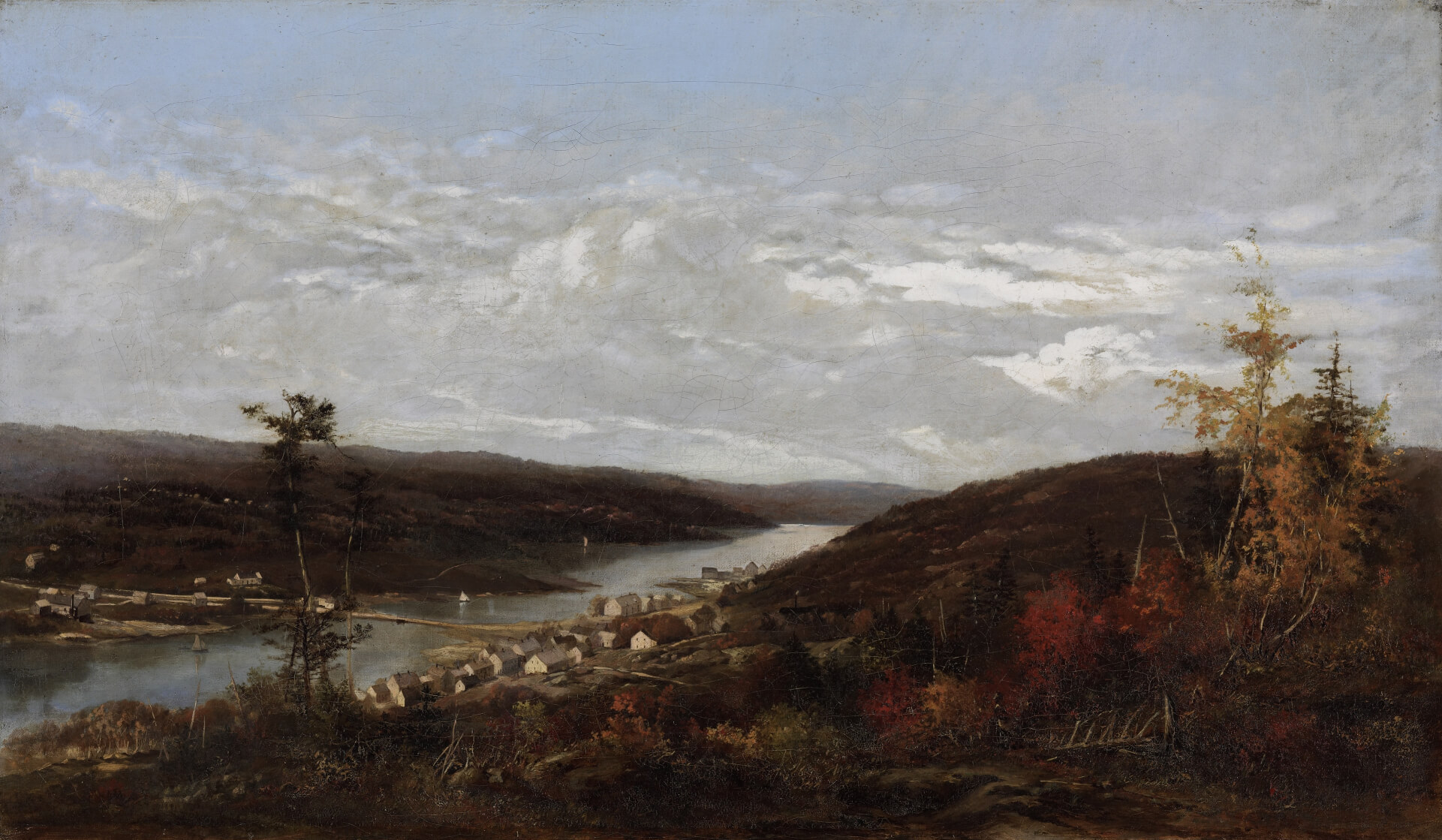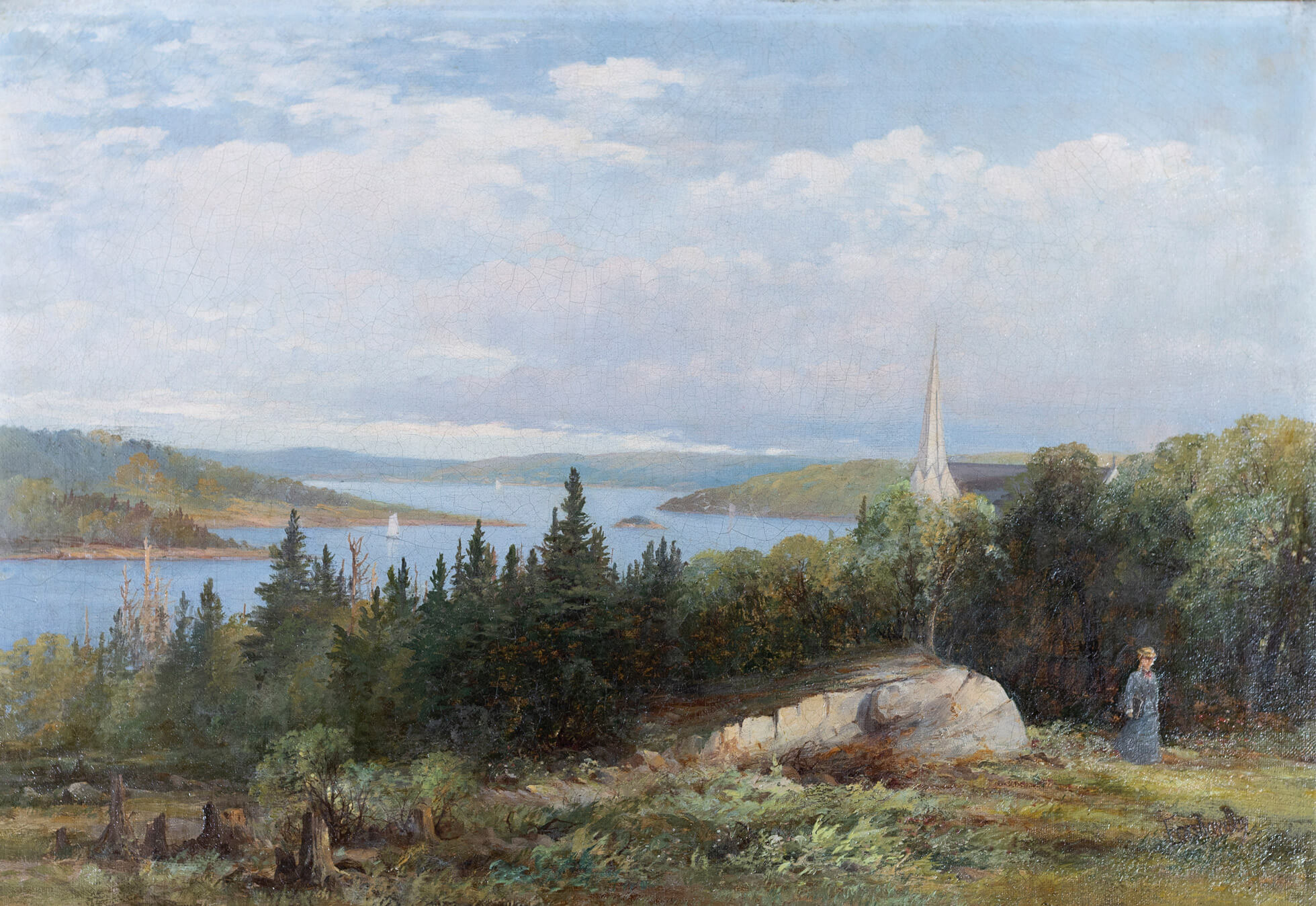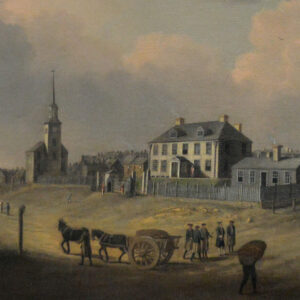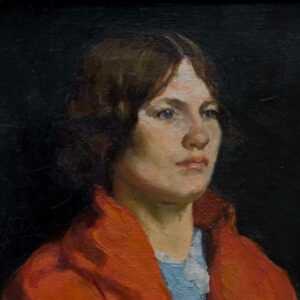Forshaw Day (1831–1903)

Forshaw Day, The Waverley Goldfields, Nova Scotia, c.1865
Oil on canvas, 42.5 x 72.5 cm
National Gallery of Canada, Ottawa
Forshaw Day was the first artist in Halifax known primarily for painting the landscape. Unlike the topographical artists who preceded him, he chose as his subjects not the towns and villages of settled Nova Scotia, but the wild places that showed nature in an untamed state. He was interested in the picturesque and was considered the founder of professional landscape painting in Nova Scotia by many historians, including Donald Cameron (D.C.) Mackay (1906–1979).

Born in London, England, in 1831, Forshaw Day studied architecture and design at the Royal Dublin Society Schools of Drawing and at the Normal Training School in London (informally known at the time as the South Kensington School of Art and now as the Royal College of Art). He moved to Halifax in 1862 where he worked as a draftsman at the Royal Naval Dockyard. He also taught students privately and at the Nova Scotia Technical College. In the fall of 1863 he mounted a solo exhibition of his landscapes of Nova Scotia. Day rapidly achieved popularity, becoming the best-known artist in his adopted city. For twenty years he exhibited regularly in Halifax, also sending his pictures to exhibitions in London and Paris. “Through the two decades that he lived here, the newspapers referred to him as ‘our painter,’” curator Dianne O’Neill (b.1944) said, speaking on the occasion of a 2007 exhibition of his work at the Art Gallery of Nova Scotia. O’Neill and conservator Laurie Hamilton described that “Day ignored the urban world and found his subjects in the rural countryside.” As roads improved and the reach of railroads extended, Day travelled across the province, from Yarmouth County in the southwest to Louisbourg in the northwest of Cape Breton Island, sketching and painting on location.
This was a departure from previous art practice, which had focused on the so-called “civilizing effect” of European settlement. Day was the first prominent artist in Halifax to widen his focus to the wilderness. “Early painters painted urban scenes showing how much we had grown,” O’Neill said, “but by 1870, perhaps there was enough confidence that artists could begin to look at what they really had.”
In 1879 Day moved to Kingston, Ontario, to take up a position at the Royal Military College of Canada. In 1880 he was appointed one of the founding members of the Royal Canadian Academy of Arts. Day returned to the Maritimes frequently on painting trips until his retirement in 1897. He died in 1903, in Kingston.

 About the Author
About the Author
 More Online Art Books
More Online Art Books
 Acknowledgements
Acknowledgements